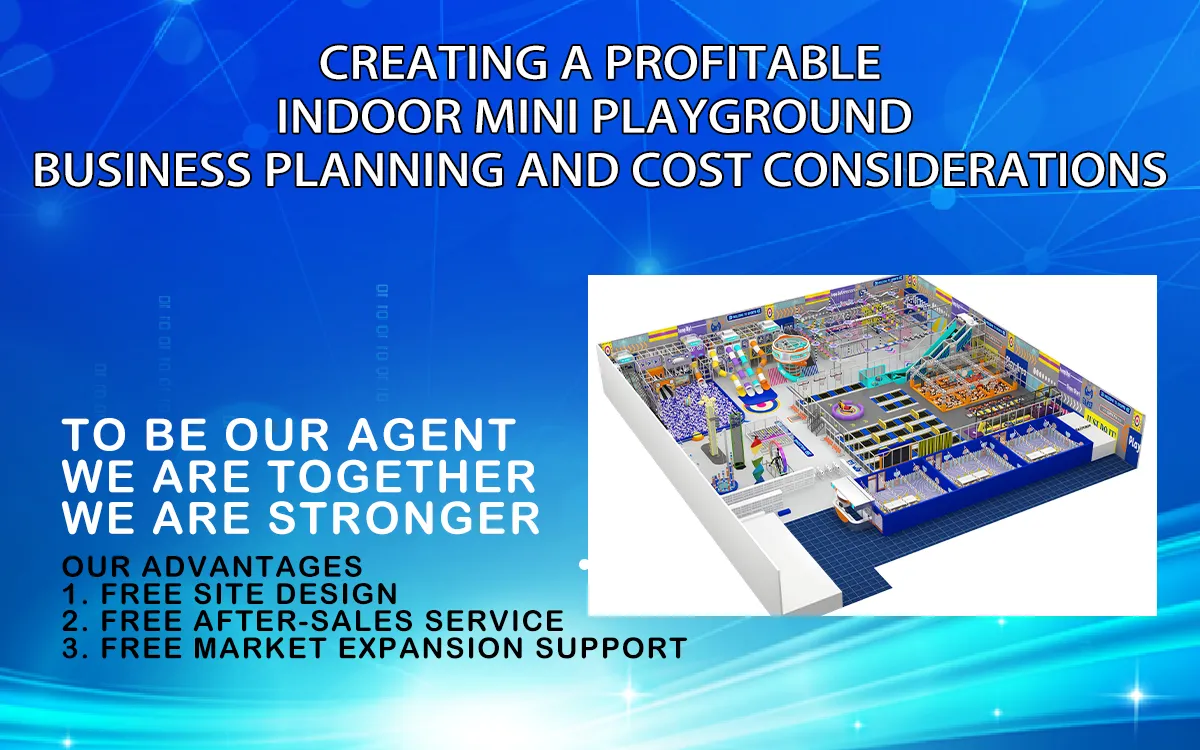
Creating A Profitable Indoor Mini Playground – Business Planning And Cost Considerations
Struggling to Start an Indoor Playground? Avoid Costly Mistakes and Plan for Success
Investing in an indoor mini playground can be exciting, but without a solid business plan for indoor playground, owners often face high costs and operational inefficiencies. Poor planning can lead to financial losses, safety risks, and low customer engagement. The solution? A well-structured approach covering costs, equipment, and design ensures long-term profitability and sustainability.
How to Start an Indoor Playground Business Successfully?
Launching an indoor mini playground requires a detailed business strategy, covering startup costs, equipment selection, space optimization, and safety regulations. From choosing the right indoor playground parts to minimizing indoor playground cost, understanding these factors helps in establishing a profitable and engaging play area.
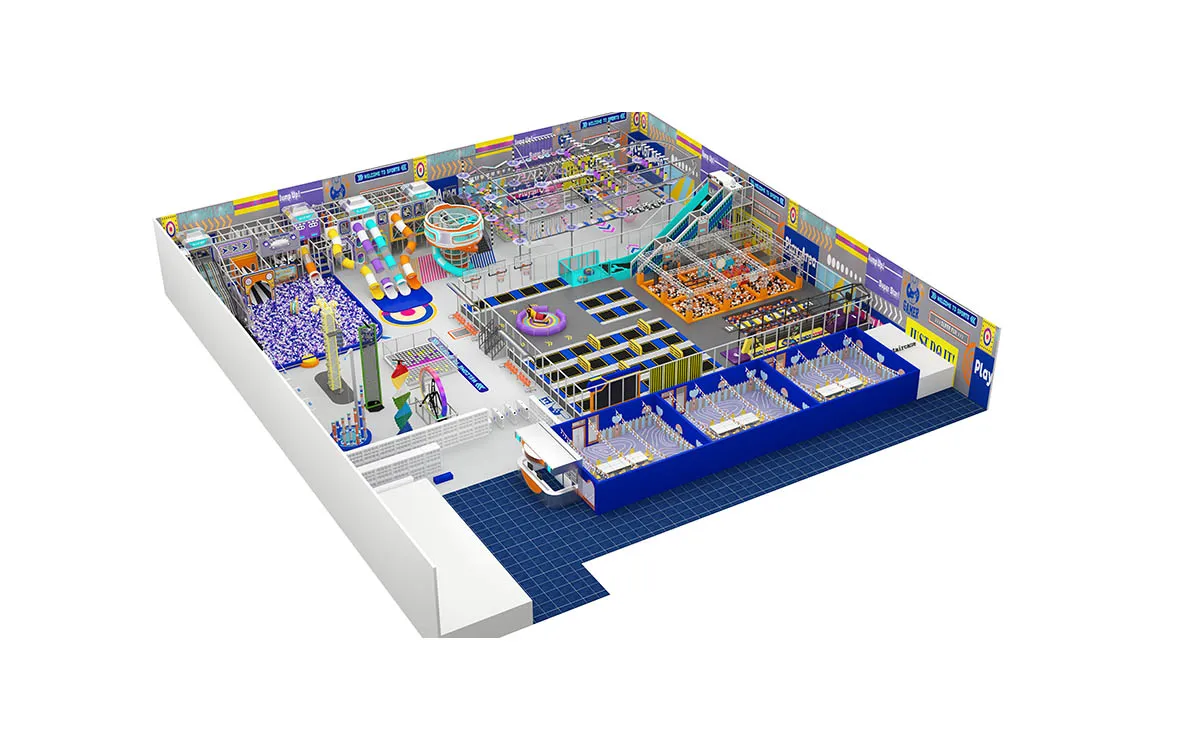
Want to Set Up a Profitable Indoor Playground? Read on to Learn the Key Steps!
Success in the indoor mini playground industry depends on careful planning. Below, we explore the essential steps, costs, equipment, and design principles necessary for setting up a thriving play area.
What Are the Key Steps in a Business Plan for Indoor Playground?
Developing a business plan for indoor playground is the first step toward success. It ensures clarity in budgeting, design, and long-term growth. Key components include:
- Market Research: Identify demand, customer preferences, and competition in your target area.
- Budgeting & Costs: Plan for indoor playground cost, including setup, rent, staff wages, and maintenance.
- Choosing the Right Location: A high-traffic area with enough space for a climbing indoor playground ensures profitability.
- Equipment Selection: Invest in durable indoor playground parts, including indoor wooden playground equipment for safety and longevity.
- Safety Compliance & Regulations: Ensure that your indoor mini playground meets safety certifications and local government guidelines.
- Marketing Strategy: Use digital and offline methods to attract customers.
A well-structured business plan prevents financial losses and ensures a profitable playground operation.
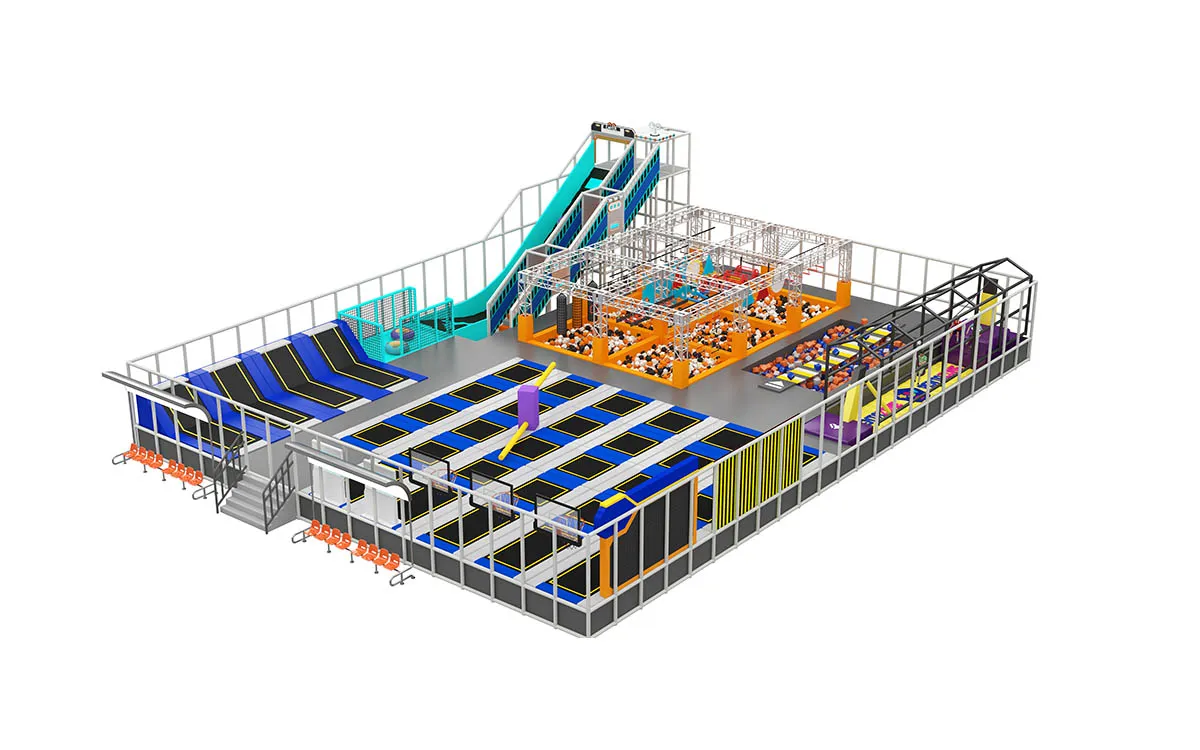
How Much Does It Cost to Set Up an Indoor Mini Playground?
The total indoor playground cost depends on several factors, including location, equipment, and customization. On average, expenses include:
- Rental Space: Costs vary depending on city and size, typically ranging from $2,000 to $10,000 per month.
- Equipment Costs: High-quality indoor wooden playground equipment and interactive play structures can cost $20,000–$100,000.
- Installation & Labor: Hiring professionals to assemble indoor playground parts may add another $5,000–$20,000.
- Licensing & Permits: Safety compliance and business registration fees range from $500–$5,000.
Proper budgeting ensures smooth operation and prevents unexpected financial setbacks.
What Are the Essential Indoor Playground Parts Needed for a Complete Play Area?
Every indoor mini playground requires well-designed equipment to ensure fun and safety. Key indoor playground parts include:
- Soft Play Equipment: Foam-based structures reduce injury risks in a simple DIY indoor playground.
- Climbing Structures: Essential for an engaging climbing indoor playground, improving children’s coordination and strength.
- Slides & Tunnels: Provides excitement and adventure while promoting social interaction.
- Ball Pits & Trampolines: Increases playtime engagement and adds sensory stimulation.
- Seating & Rest Areas: Necessary for parents and caregivers for a comfortable experience.
Investing in high-quality parts ensures durability, safety, and long-term profitability.
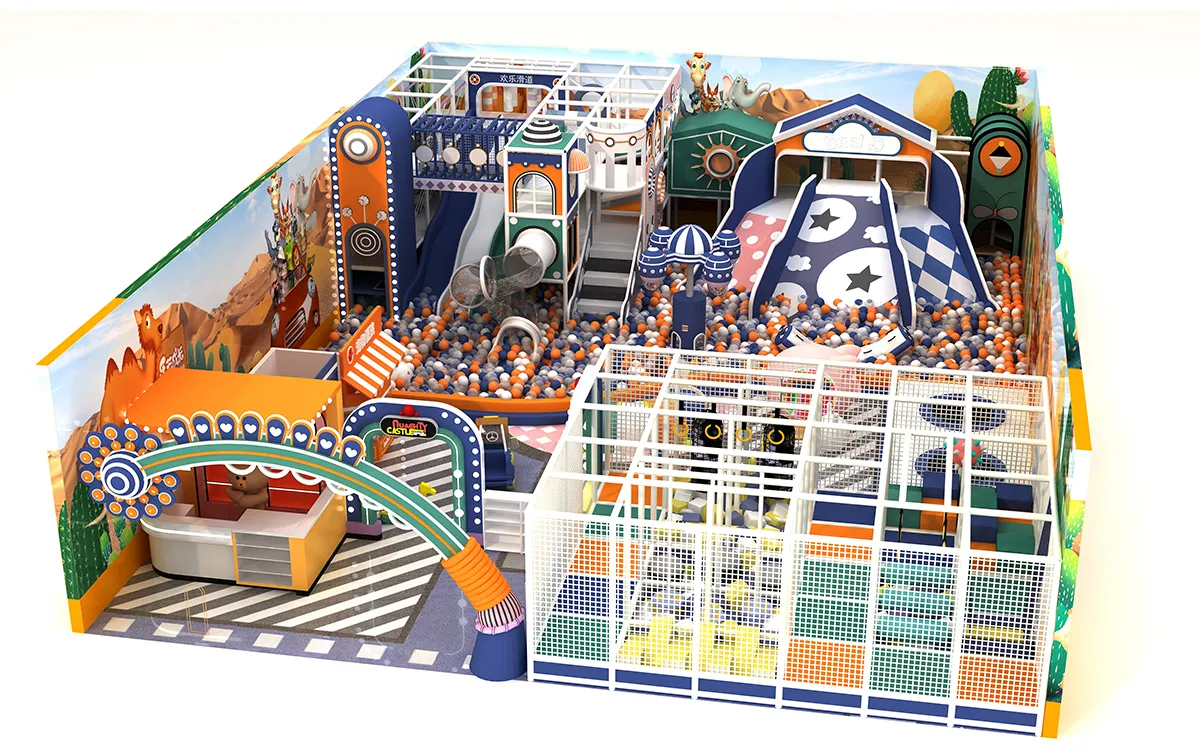
How to Design a Climbing Indoor Playground That Is Both Fun and Safe?
A well-planned climbing indoor playground attracts more customers and reduces injury risks. Key design considerations include:
- Space Utilization: Optimize available space for both active and quiet play areas.
- Safety Features: Install padded flooring, rounded edges, and safety nets to reduce risks.
- Age-Specific Zones: Separate play areas based on different age groups to prevent accidents.
- Themed Designs: Adding elements like jungle, ocean, or adventure themes enhances engagement.
- Accessibility: Ensure inclusive design for children of all abilities.
Balancing fun with safety in a climbing indoor playground ensures a great experience while maintaining compliance with safety regulations.
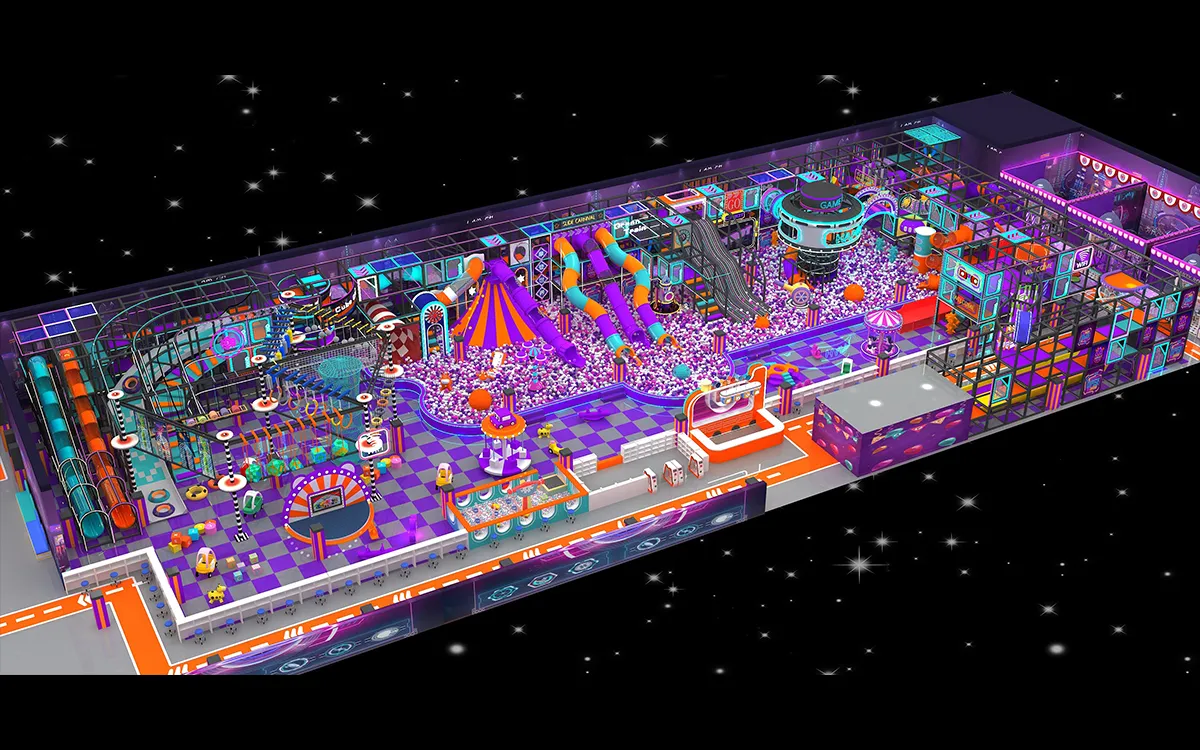
What Factors Influence the Total Indoor Playground Cost, Including Installation and Maintenance?
Understanding indoor playground cost is crucial for profitability. Key factors include:
- Material Quality: High-end indoor wooden playground equipment costs more but ensures durability.
- Customization Level: Custom-built themes increase expenses but enhance brand uniqueness.
- Installation Fees: Professional assembly of indoor playground parts adds to initial investment.
- Ongoing Maintenance: Routine inspections and repairs prevent long-term damages and reduce liabilities.
- Energy & Utilities: Electricity for lighting, air conditioning, and interactive play systems impact monthly expenses.
Planning for these factors minimizes unexpected costs and maximizes long-term returns.
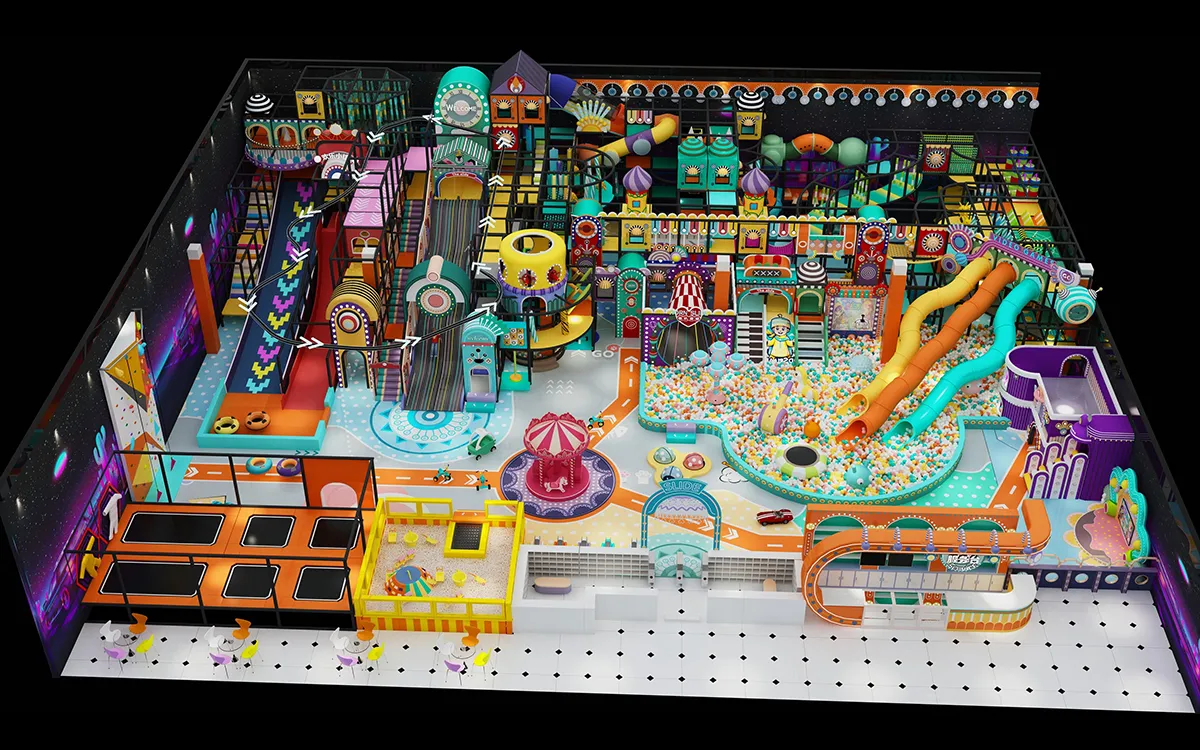
Start Your Indoor Playground Project with Expert Guidance Today!
A profitable indoor mini playground requires smart planning, quality indoor playground parts, and cost-effective strategies. Need expert advice? Contact us for professional solutions!




























